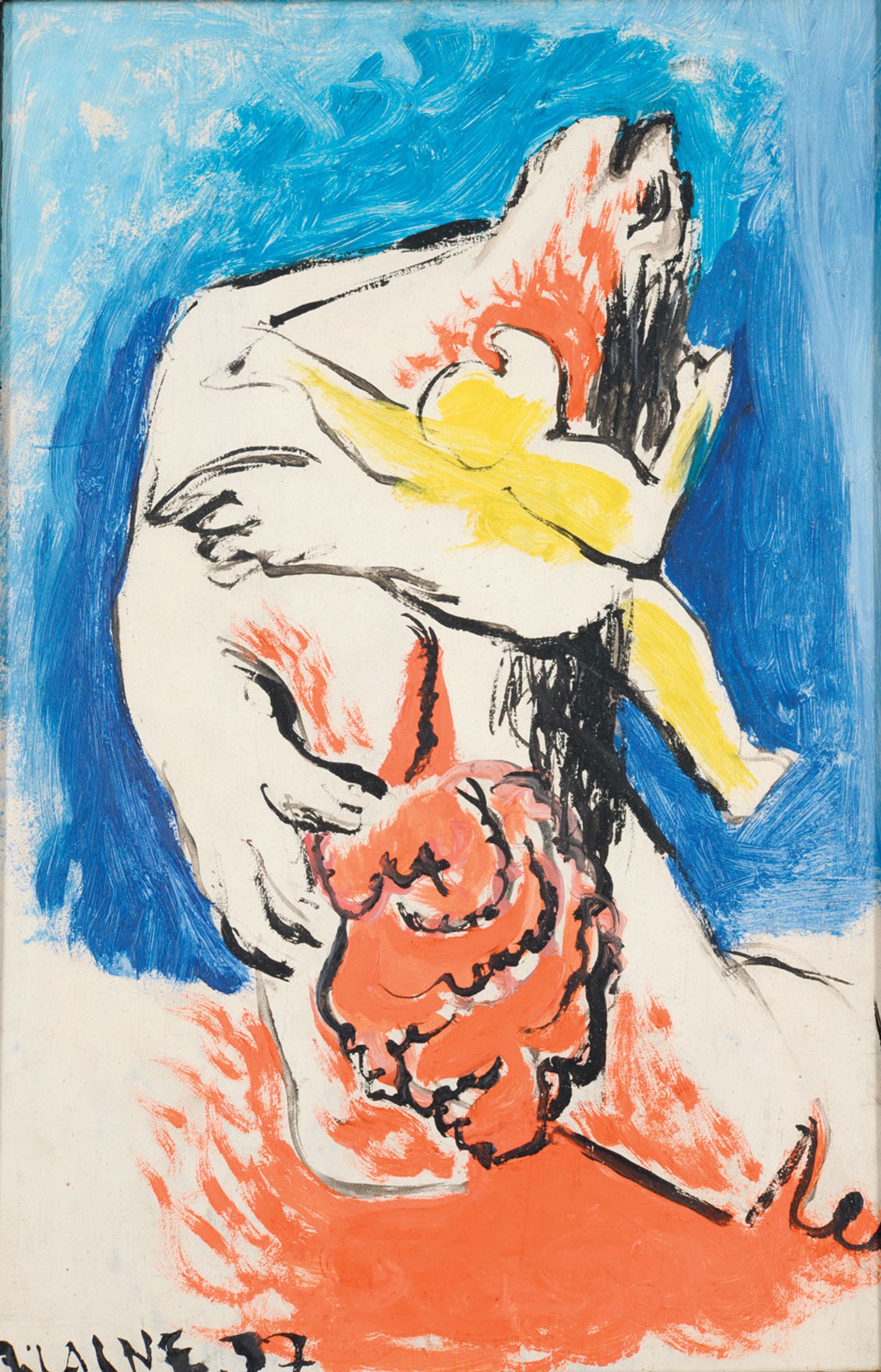A statue of a ragged, skeletal girl with a bare skull face links two exhibitions opening in Roubaix, northern France, this week. The sculptor René Iché (1897-1954) is said to have modelled the sculpture in a single night in Paris in April 1937 following news of the bombing of innocent women and children in Guernica during the Spanish Civil War. The small Basque town was targeted by German and Italian aeroplanes on behalf of General Franco.
Pablo Picasso’s Guernica (1937) became the defining protest work against that atrocity but it was not unique. The attack sent shockwaves through Europe’s radical artistic and intellectual circles, spurring responses from, among others, the Belgian Surrealist René Magritte and the German Expressionist Heinz Kiwitz; the latter was killed a year later fighting the fascists in Spain.
Guernica: Immediate History at Roubaix’s La Piscine museum aims to show the lesser known but still powerful works made in response to the bombing, including an etching by Jean Deville, Death, revealing its true face before the ruins of Guernica, and a series of canvases by Jean Lasne, a prize-winning protégé of Matisse whose brilliant career was also cut short when he was killed fighting against Germany’s invading army in 1940, aged just 28.

Jean Lasne's Guernica ou Mère et enfant (1937) Photo : Alain Leprince; © Jean-Bernard Sandler
Iché’s Guernica will be the focal point of the show and also a segue into a parallel monographic survey, René Iché: Art in Struggle—a reference to the artist’s many studies of wrestlers locked in combat, a metaphor for the times. Bringing together more than 100 works from private and public collections, it aims to offer a rediscovery of an artist who was a pupil of Antoine Bourdelle, a friend of Apollinaire and Picasso, and an active member of the Montparnasse artistic and intellectual milieu of the inter-war years.
A veteran of the First World War and an active resistant during the Second, Iché survived gassing in the trenches and the Gestapo in occupied Paris, and was on the cusp of a breakthrough to wider recognition, with a commission for a Polish monument to the victims of Auschwitz, when he died of cancer in 1954—an artist of his time who has become uncomfortably relevant to ours.
• Guernica: Immediate History and René Iché: Art in Struggle, La Piscine, Roubaix, 23 June-4 September


